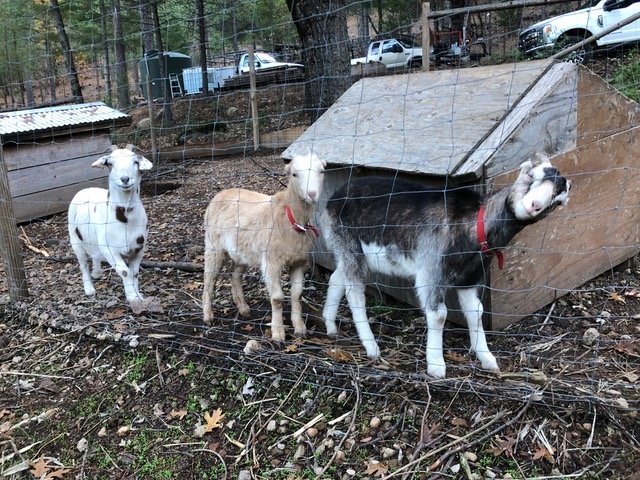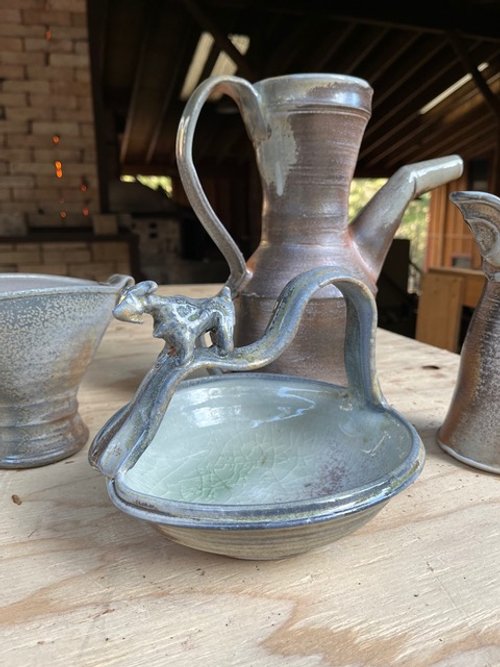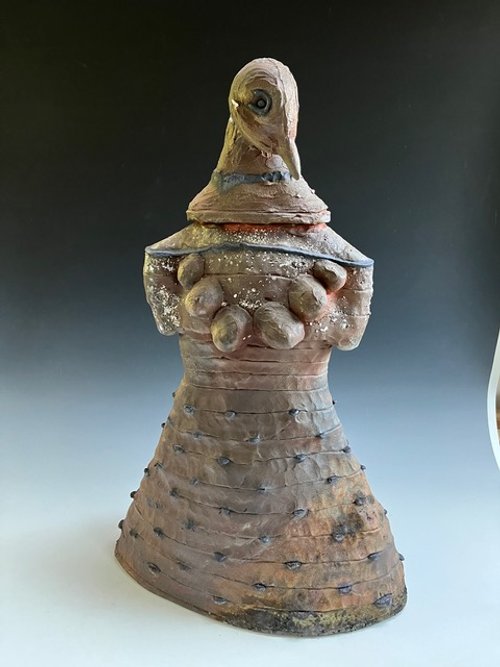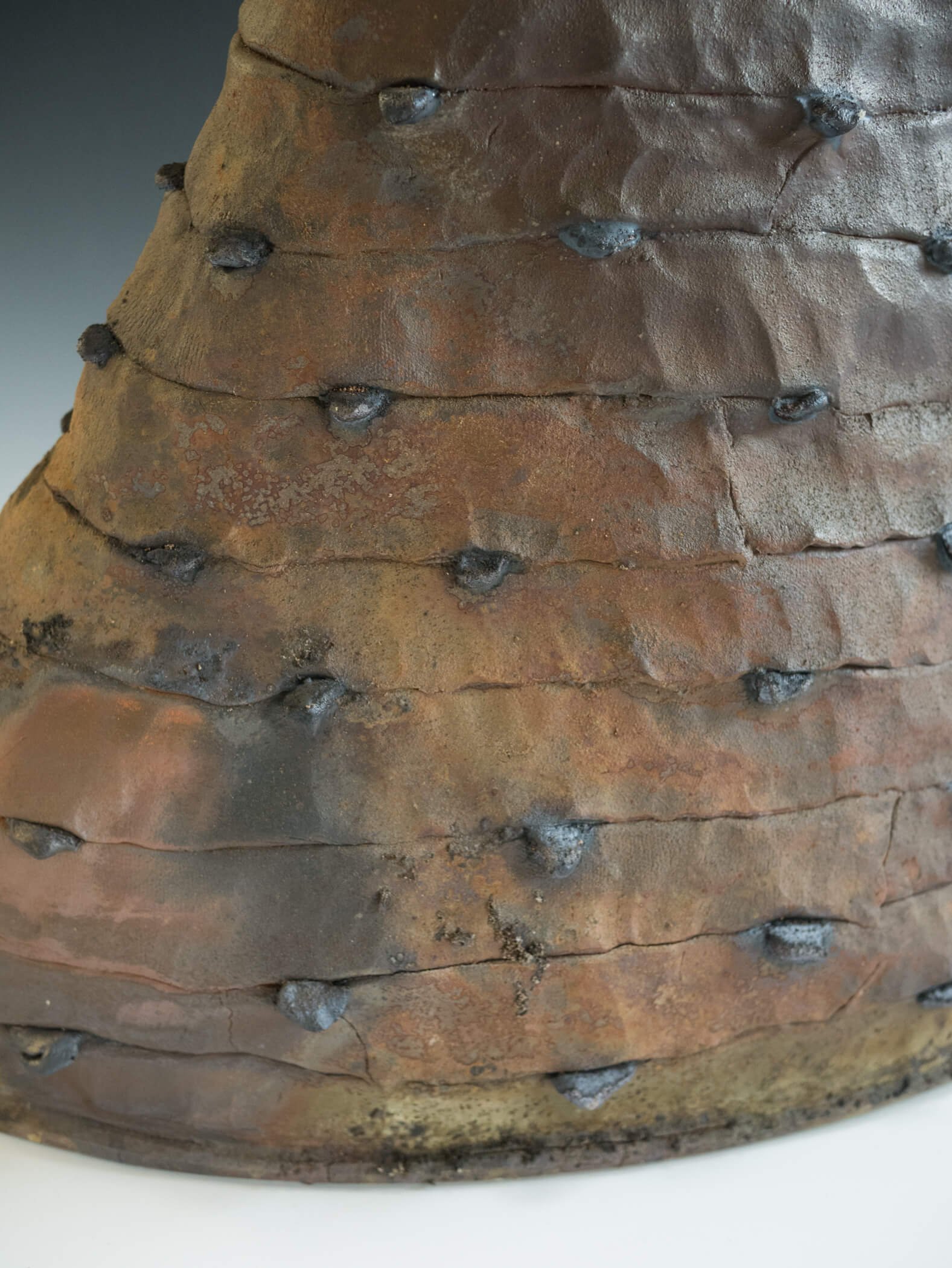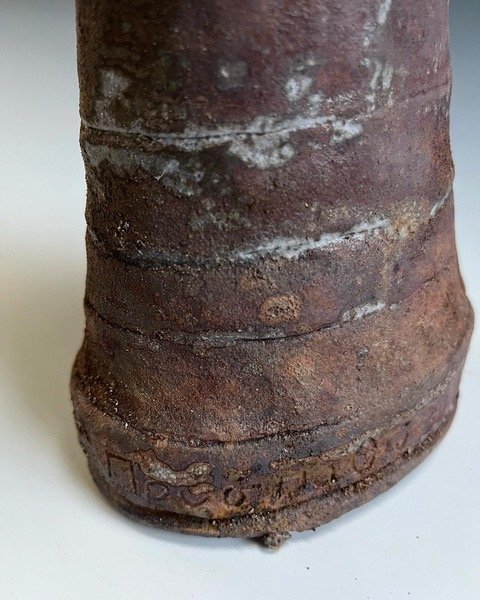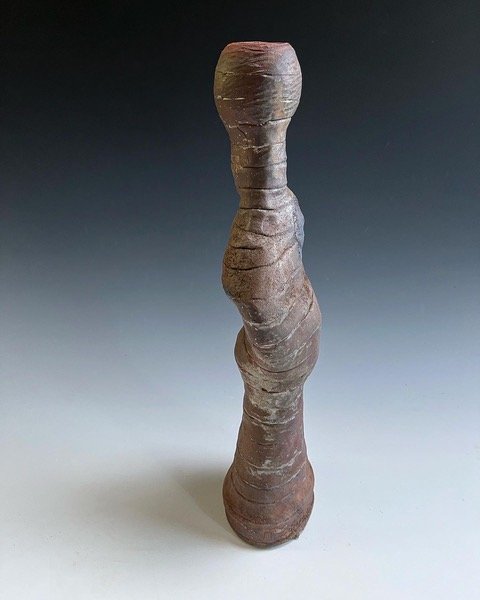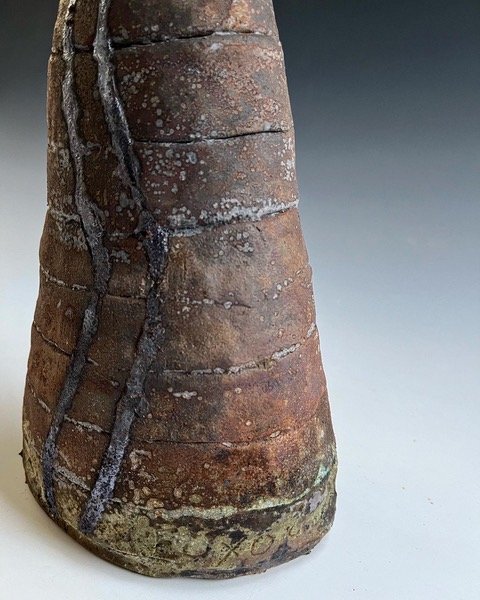
My first wood fire pieces were produced in an Anangama kiln in 1996 with Scott Parody and crew in Pope Valley. The work that emerged from that kiln confounded me at first, but the closer I looked the more I saw the possibilities for a confluence of physicality and expression. I continued my exploration of wood firing at Solano College, where I was employed for 20 years. Now I am back firing with Scott Parady and the awesome crew and Resident artists at Cobb Mountain Art and Ecology.
To say that wood firing is a labor intensive process is an understatement! Why would anyone do it? The loading of the kiln is slow, as each piece needs to be placed on a clay disc called a simbe. This prevents (hopefully) the piece from glazing itself to a kiln shelf. The simbe are made the day before the loading starts, out of a highly refractory clay that resists the melted wood ash glaze. Once the kiln is loaded, the fire starts slowly to warm and dry all of the work. The temperature is gradually raised through continuous stoking of wood to reach a high temperature between 2200 and 2300 degrees. The kiln is then held at this high temperature for several days, all for the purpose of burning wood and creating the natural ash glaze. The pieces are mostly left unglazed and are glazed by the wood ash. Temperature, draft, and position in the kiln all play a role in how the piece is transformed. It is essential to have a crew of people to stoke the kiln 24/7. Also, the wood must be prepared, split and stacked. At Cobb Mountain Art and Ecology, the wood used is from the carefully managed and thinned pine and oak forest.
I love the transformative effects of wood fire. In making work for the next firing I feel exhilarated and inspired to take risks and try something new. The sculptural work in the gallery above are from a new series I am working on called Personal Mythologies. I am also always making pots for each firing.









